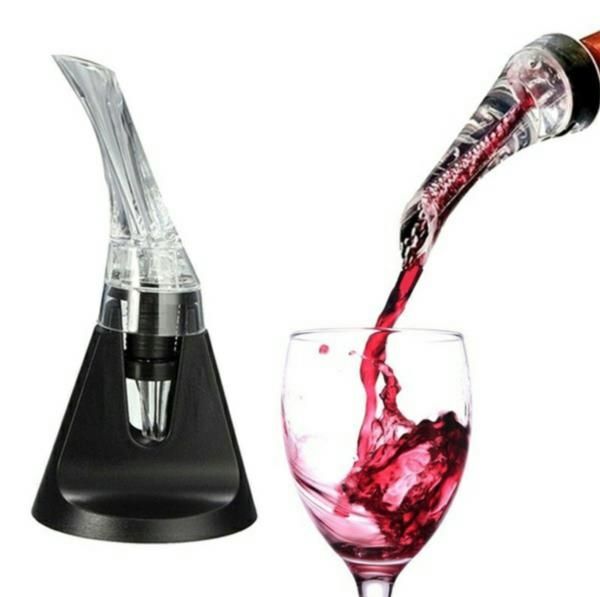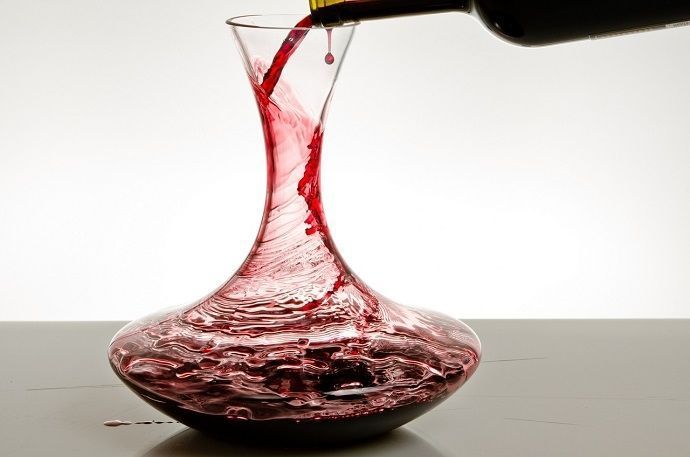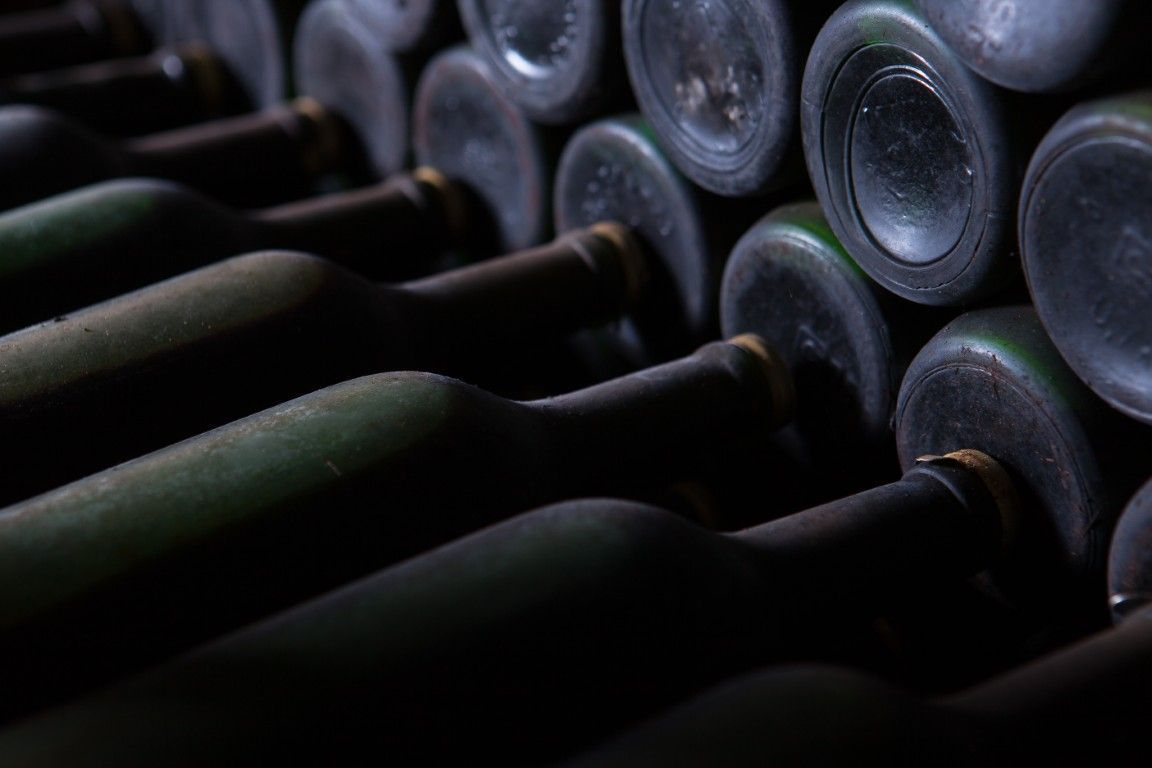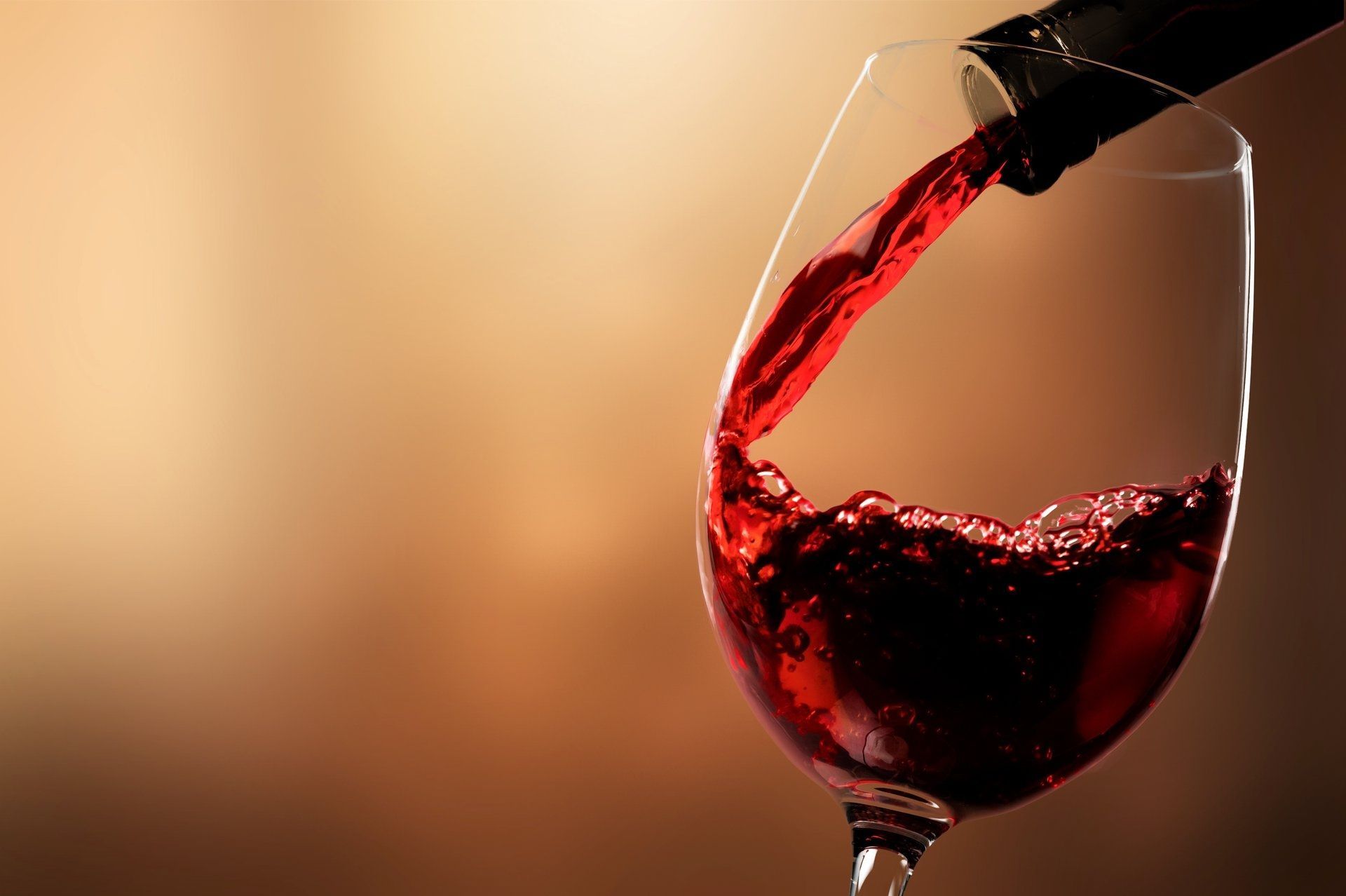When we open a bottle of wine, we want to enjoy its aroma and flavor at their fullest. However, it’s sometimes necessary to oxygenate the wine to allow its characteristics to fully develop. This process is key to enjoying certain wines at their best. Below, we’ll explore what wine oxygenation means, why it’s important, and how to do it properly.
What Does It Mean to Oxygenate Wine?
Definition of Oxygenation
Wine oxygenation is the process of exposing wine to air, allowing its compounds to interact with oxygen. This chemical interaction releases more complex aromas, softens intense flavors, and improves mouthfeel. When wine comes into contact with oxygen, tannins can become less astringent, and aromas that were initially “closed” become more expressive, providing a richer and more balanced sensory experience.
This process is especially important for young red wines, which may have aggressive tannic structures, or for full-bodied wines that need time to open up and reveal their true complexity. Oxygenation can also benefit aged wines that have spent years in the bottle by helping release aromatic compounds accumulated during aging.
Difference Between Oxygenating and Decanting
Although the terms oxygenate and decant are often confused, they refer to different—though complementary—processes:
- Decanting involves transferring wine from the bottle to another container, usually a decanter, with the primary purpose of separating sediments that form in aged or unfiltered wines. Although this also exposes the wine to oxygen, its main purpose is to purify it visually and texturally.
- Oxygenating focuses exclusively on the interaction between wine and air to enhance its organoleptic characteristics (aroma, taste, and texture). This can be done by swirling the wine in a glass, using an aerator, or simply letting it breathe in a proper container.
While decanting is useful for wines with sediment, oxygenation applies to any wine that needs time to open up and reveal its full potential. Both processes can be used simultaneously depending on the wine’s profile.
While oxygenation allows wine to express its aroma and flavor at their best, the quality of the bottle’s closure plays a crucial role in preserving it. Wine stoppers by Excellent Cork are designed to preserve the freshness and complexity of every bottle, ensuring that every pour delivers the best sensory experience. Discover our wide range of innovative and sustainable stoppers for different types of wine.
Why Is Oxygenating Wine Important?
Oxygenating wine not only improves flavor and aroma but also softens the texture, reducing excessive astringency. This is especially useful for young red wines or those with high tannin levels. On the other hand, some white wines or sparkling wines can lose their character if over-oxygenated, so it’s important to know when the process is appropriate.
For wine lovers, choosing the right closure is as important as oxygenation. At Excellent Cork, we offer recyclable stoppers that guarantee perfect sealing while being environmentally friendly. Thanks to our advanced technology, wines retain their character and authenticity from cellar to glass—allowing every oxygenation to enhance their unique notes.
When Should You Oxygenate Wine?
Wine oxygenation isn’t necessary for every wine, but in certain cases it can make the difference between a mediocre and an exceptional sensory experience. Oxygenation is recommended in the following cases:
- Young red wines: These tend to have intense tannins and concentrated flavors that may come off as harsh. Oxygenation softens the tannins and highlights fruit notes, making the wine more pleasant on the palate.
- Aged wines with sediment: Older wines often have sediment. In addition to removing these with decanting, oxygenation helps release aromas developed over years of aging.
- Wines with closed aromas: If aromas are muted or dull when you open the bottle, oxygenating can help release those aromatic compounds and unlock the wine’s full potential. This is especially true for robust wines or wines from regions where wines typically need time to breathe.
- High-acidity wines: Wines with sharp acidity can benefit from light oxygenation, as air exposure helps round out their flavor profile.
How to Oxygenate Wine Properly
There are several methods for oxygenating wine, each with its own benefits. The best method depends on the wine type and the time you have available.
Using a Decanter
The most traditional method is to pour the wine into a glass decanter. The decanter’s wide surface allows for even air exposure. This is ideal for full-bodied red wines.
Swirling in the Glass
For more delicate wines, like light reds or some whites, simply swirl the wine in the glass. Pour and gently rotate in circular motions. This is quick and practical—perfect for informal settings.
Using Aerators
Aerators are devices placed directly on the bottle or between the cork and wine. These gadgets oxygenate wine as it’s poured, offering immediate results without needing a decanter. 
Considerations Based on Wine Type
Each wine has specific oxygenation needs:
- Young red wines: Benefit most from oxygenation—it softens tannins and enhances fruity aromas.
- White wines: Usually don’t need it, though full-bodied whites may improve slightly with brief exposure.
- Sparkling wines: Should not be oxygenated, as they will lose their characteristic carbonation.
Common Mistakes When Oxygenating Wine
While oxygenation can enhance wine, avoid these common mistakes:
- Over-oxygenation: This can cause aromas to dissipate and the wine to lose its character.
- Oxygenating inappropriate wines: Sparkling wines should never be oxygenated.
- Using the wrong container: Decanting into narrow vessels limits proper air exposure.
Oxygenation is key to enhancing the wine experience—but so is a high-quality closure that ensures proper preservation. Our synthetic wine stoppers from Excellent Cork prevent contamination and unwanted variation, offering a safe and efficient alternative to traditional corks. Discover how closure innovation can enhance every bottle’s quality.
Frequently Asked Questions About Wine Oxygenation
How long should a young red wine be oxygenated?
Generally, a young red wine needs between 15 and 30 minutes of oxygenation, depending on its tannin level and structure. Wines with stronger tannins may need closer to 30 minutes, while lighter, fruitier wines may be ready in just 10–15 minutes. It’s a good idea to taste as it oxygenates to find the perfect moment.
Do white wines need to be oxygenated?
Most white wines don’t need oxygenation, as their appeal lies in their fresh and vibrant qualities. However, some full-bodied whites—like barrel-aged Chardonnays or aged white wines—may benefit from brief glass aeration. This helps release complex aromas such as vanilla, caramel, or dried fruit developed during barrel aging.
What’s the difference between decanting and oxygenating?
Decanting and oxygenating are distinct processes that are often used together:
- Decanting: Primarily used to separate wine from sediment formed during aging, especially in older wines. It also exposes the wine to oxygen.
- Oxygenating: Focuses on exposing the wine to air to release aromas and soften flavors—regardless of sediment. This can be done in a glass, with an aerator, or by letting the wine rest.
What happens if a wine is over-oxygenated?
If wine is exposed to air for too long, it can lose its original aromas and flavors, resulting in a flat and lifeless experience. That’s because the volatile aromatic compounds responsible for the wine’s complexity dissipate over time. It’s important to match oxygenation time to the wine’s characteristics and avoid overexposure, especially with delicate or light wines.
Should sparkling wines be oxygenated?
Oxygenating wine is an art that allows you to enjoy the drink at its full potential. Knowing when and how to do it can elevate your wine experience from average to exceptional. At Excellent Cork, specialists in high-quality synthetic stoppers, we understand the importance of preserving wine characteristics from bottling to serving. Our stoppers ensure each bottle maintains its essence, ready to be enjoyed at its optimal moment.
Next time you open a bottle, remember these oxygenation techniques—and enjoy your wine to the fullest. Cheers! 🍷





